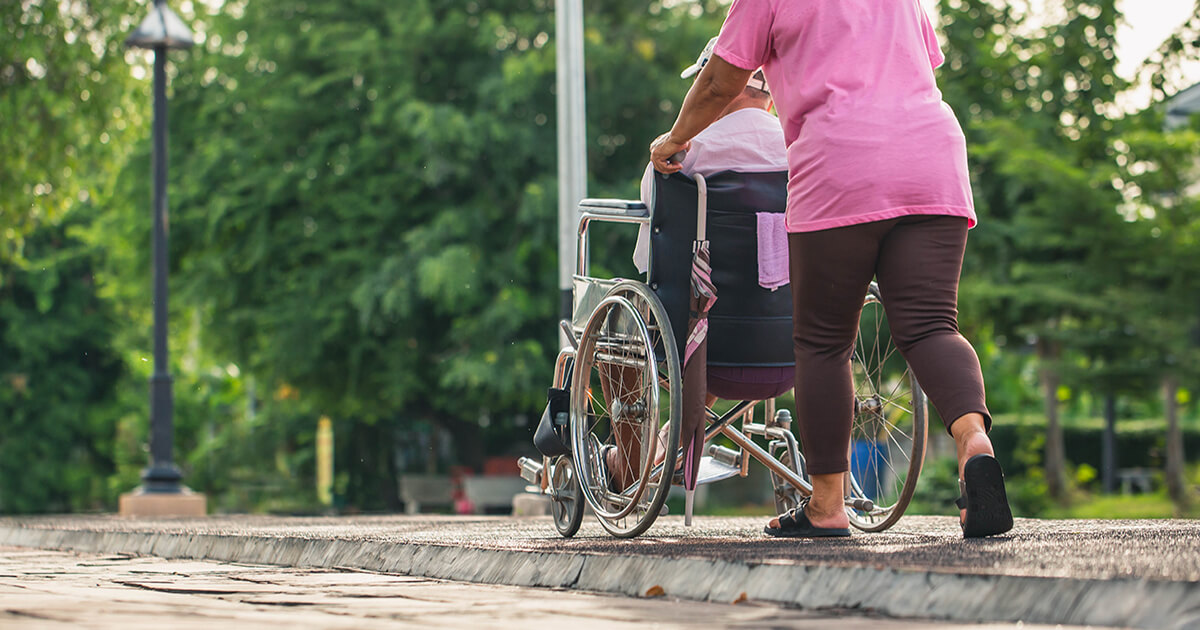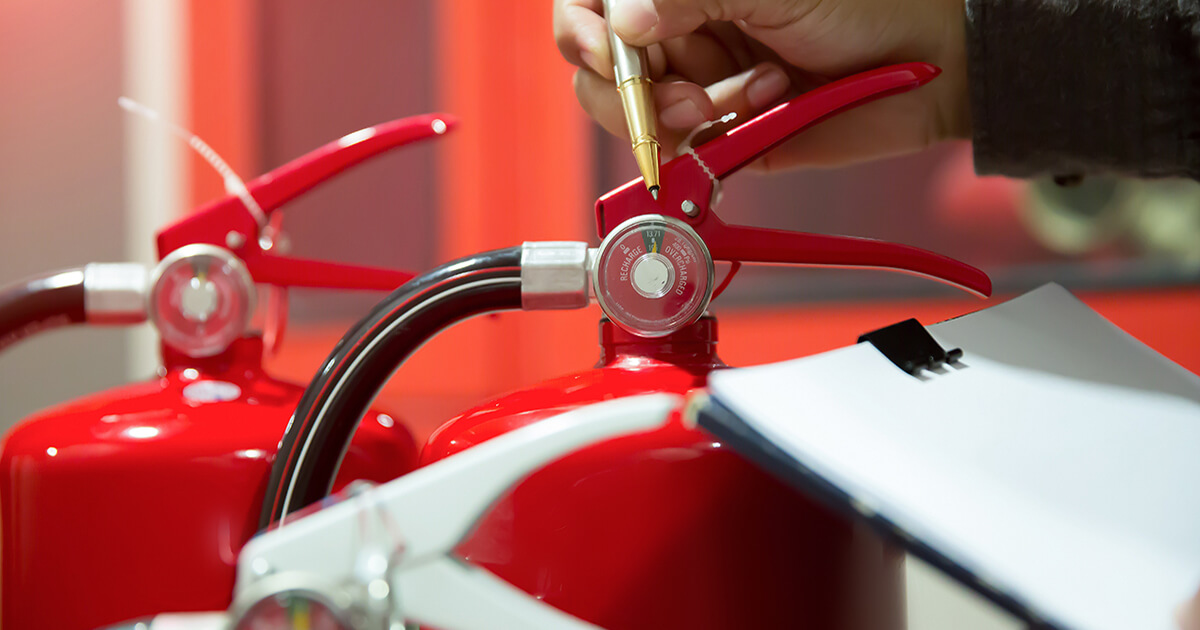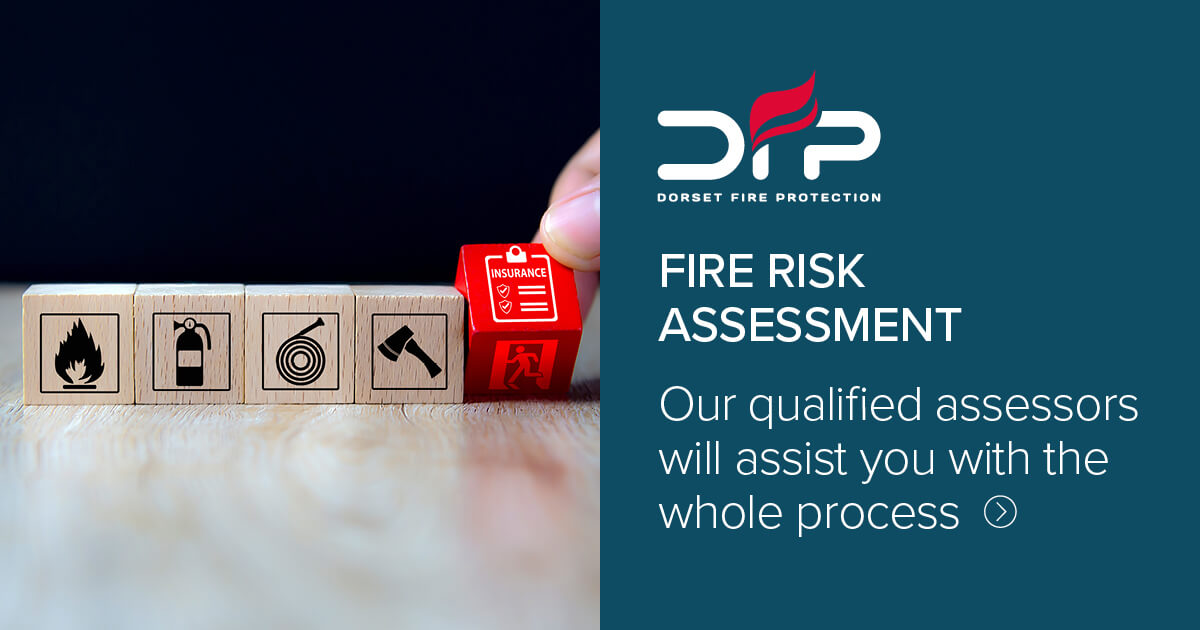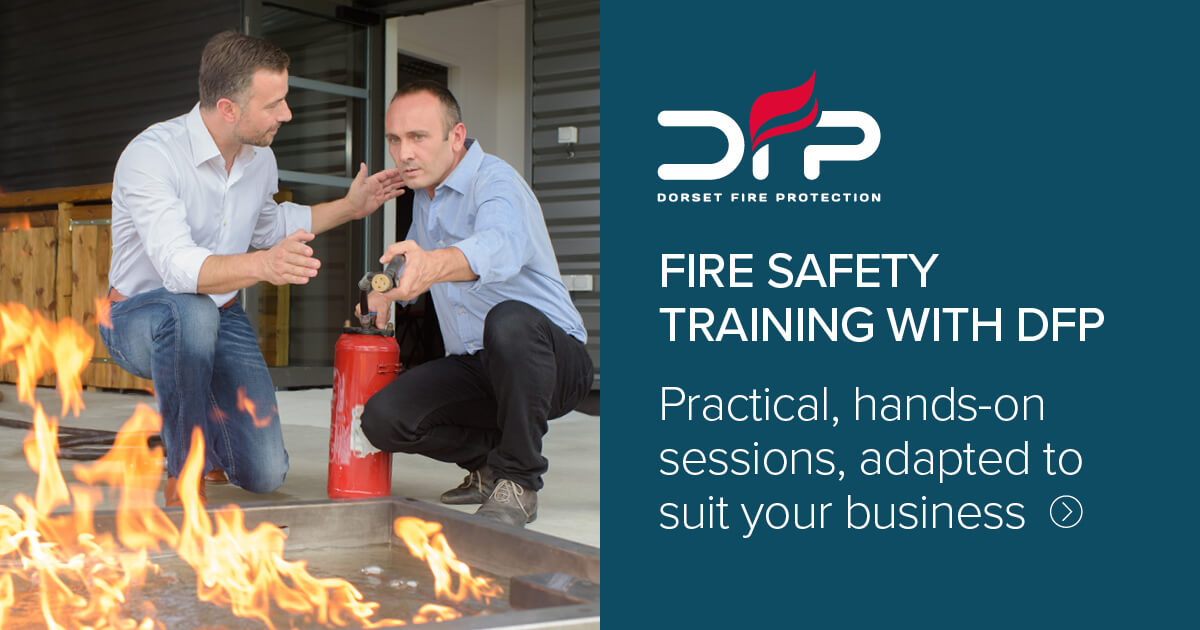Industry Articles

What To Consider for Fire Safety in Elderly Care Homes
Caring for vulnerable adults isn’t just about making sure they get regular meals and medication. A residential care home is designed to be a place of safety for the elderly or infirm and any form of emergency can have devastating effects.
In this guide, we’ll cover the key considerations and preventative measures that should be undertaken in order to help protect care home residents and staff from having to deal with a fire.
Why is fire safety so important in care homes?
Obviously, this is a trick question because fire safety is imperative to any business or premises – not just exclusively care homes. However, given the nature of residents within care homes, special considerations have to be undertaken.
Residents at care homes can suffer from a variety of ailments, from impaired mobility to severe neurodegenerative diseases. Many residents require around the clock care and regular medication.
An emergency evacuation during a fire is not as simple as ‘head to the nearest exit’ because for many they can’t move unassisted or at speed toward any exit point. Residents can also be bed-bound, hearing or visually impaired and just generally confused or disoriented.
In 2016/2017, a government report found that 44% of all fire fatalities were people over 65. This makes older people ten times more likely to perish in fires than young people.
In elderly care homes, it’s not just the elderly people that have to be thought about either. In an emergency situation, carers and staff members are also at risk. Although many will be young and physically and mentally able, they have a role of responsibility to their ‘patients’ which will hinder their own actions during a fire.

What are the common causes of fires in care homes?
The common causes of fire are pretty similar across all premises and can frequently be caused by electrical equipment or cooking appliances. Care homes are operating throughout the day and medical equipment and alarms are kept plugged in overnight.
There are also large quantities of paperwork in care homes such as patient files and medical notes which are usually stowed in one place. Another flammable piece of equipment used frequently in care homes is the medical oxygen cylinder. Read more in our guide about safe storage of oxygen cylinders.
Although these are more catalysts of fires than causes, they must be factored into fire assessments as they can allow fire to grow and spread quickly.
However, the most common cause of an accidental fire will always be negligence or a lack of fire safety. By not observing appropriate fire regulations and safety requirements, the safety of elderly people and members of staff is already at risk.
Who is responsible for care home fire safety?
The person in charge of fire safety for a business is known as the Responsible Person. This is the employer, the owner of the premises or person who controls the premises. In a care home, the Responsible Person is usually the care home manager.
Care homes are often large buildings with lots of different considerations for areas and individual residents. Knowing what you need to maintain fire safety standards can be difficult. If the Responsible Person does not have the time or expertise to do a fire risk assessment, they can appoint a competent person in their place.
At Dorset Fire Protection, we specialise in fire safety which is why we can supply a full fire safety package. From the maintenance of the equipment to the advice in relation to evacuation procedures, we make sure our clients can be confident about their fire safety going forward.

What are the regulations for fire safety in care homes?
The Regulatory Reform (Fire Safety) Order 2005 covers almost all premises apart from private homes. Therefore, the conditions outlined in this order are assigned to places of care such as residential homes.
This Order dictates the role of the Responsible Person and the fire precautions they must follow such as emergency lighting, training and emergency routes. The necessity for these devices and installations are based on the results of a fire risk assessment which must be carried out.
The Care Home Regulations Act 2001 covers all of the necessary standards for care homes. In part IV of the Act, it dictates that:
The registered person shall after consultation with the fire authority.
1) Take adequate precautions against the risk of fire, including the provision of suitable fire equipment.
2) Provide adequate means of escape.
3) Make adequate arrangements;
(i) for detecting, containing and extinguishing fires;
(ii) for giving warnings of fires;
(iii) for the evacuation, in the event of a fire, of all persons in the care home and safe placement of service users;
(iv) for the maintenance of all fire equipment; and
(v) for reviewing fire precautions, and testing fire equipment, at suitable intervals;
a) make arrangements for persons working at the care home to receive suitable training in fire prevention; and
b) to ensure, by means of fire drills and practices at suitable intervals, that the persons working at the care home and, so far as practicable, service users, are aware of the procedure to be followed in case of fire, including the procedure for saving a life.
The Fire Safety for Residential Care Homes document is for use by employers, managers, occupiers and owners and provides guidelines for complying with the Fire Safety Order.
This document also emphasises the importance of a competent Fire Risk Assessment in order to make a reactive decision on necessary fire safety equipment.
How to help ensure care home fire safety
Being confident about fire prevention in care homes and knowing how to stop fires from starting is the best measure any care home can take for the safety of its residents and staff.
Care homes operate in similar ways but can be distinctly different. Some care homes are converted old buildings whereas some are built to all the newest building standards. This is a primary consideration as it will directly impact the standards that emergency lighting and emergency exits have been designed to.
Running a risk assessment in a care home is a big deal. There’s a lot to cover from infrastructure to independent patient needs. A thought-out, well-designed plan of action, appropriate training and all the necessary fittings such as fire extinguishers, fire alarms, emergency lighting and fire doors will help care home managers to be more confident about their preparation for an emergency.
Dorset Fire Protection offer engaging and hands-on fire safety training sessions specifically designed for care homes, that can help your staff feel more confident should an emergency occur. These courses can be bespoke to your premises, ensuring that the training is relevant and up to date. A fire drill must be carried out once a year at any care home premises in line with the Care Home Regulations Act 2001.
We can also work with you to install more advanced fire safety alarm systems to help with response times and to counter impairments residents may have.
How can Dorset Fire Protection help you?
At Dorset Fire Protection, we’re prepared for any challenge. When we visited a care home chain in Dorset, we supplied a full fire safety package. Not only did we help the client to feel more confident about their fire safety plan but they were also able to manage their expenditure more efficiently, benefitting from preferential group deals and planned improvements.
We understand how important it is to be prepared, especially in a care home where there’s so much to consider, which is why we offer full fire risk assessments and provide tailored solutions to your needs—whether that’s fire extinguisher layout plans or emergency lighting replacements.
Is your care home fire safety up to standard? Contact us today on 0330 7000 555 or email [email protected]
This article was written by Gary Askew, Managing Director of Dorset Fire Protection.
He has over 20 years of experience of supplying fire prevention measures and finding premium solutions.






